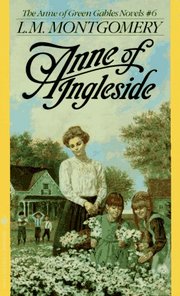Do you love watching movies? I rarely get out to the theater to see a new release, but I love renting DVDs and enjoying some microwave popcorn and a good movie by the fire at home.
Still, it’s hard to know what’s good out there — and that’s why I love the list of movies in the back of Sharon Hinck’s newest mom-lit novel, Renovating Becky Miller.
I enjoyed reading the first book in this series, The Secret Life of Becky Miller, because Becky is so much like me — a mom struggling to find balance in her busy life as a wife, mother, and friend. All the while, she’s seeking to find out if she’s supposed to be doing Big Things for God.
Sharon’s second novel is even more adorable — full of laugh-out loud scenes, and each chapter begins with Becky slipping into a daydream where she’s starring in one of the movies she and her husband rent on date nights. There are 33 movies listed in the back, and I’ve only seen about half of them — so I’m looking forward to renting some more!
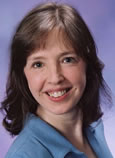
Today, I’m thrilled to host Sharon Hinck on her round-the-world Blog Tour — especially since today is the official launch party of Renovating Becky Miller in Sharon’s hometown, Minnesota.
Welcome to Mom 2 Mom Connection, Sharon!
Thank you for writing a book that highlights the importance of being a normal, permission-slip-signing MOM.
THANKS, Heather! I wanted to highlight the true ADVENTURE it is to be a wife and mom. We really are heroic characters (or in my case, sometimes just a character!).
I loved reading about all the movies in this book!
I kept my local movie store in business this past year while I was writing it. I got to watch a ton of movies and call it “researchâ€. Ha!
In your new novel, Renovating Becky Miller, our heroine finds herself dealing with an enormous amount of stress in her life. What all does Becky have going on in this book?
She faces external pressures (her mother-in-law’s health crisis and need for care, her job stresses, her son’s behavior problems, her friend’s illness), internal pressures (feeling overwhelmed and inadequate, comparing herself to others and coming up short, confused about choices), and some fall-out from decisions she’s made that might not have been well-thought out (like thinking it would be easy to fix an run-down house).
In my life, I often find that problems come from a variety of directions and I wanted to explore a woman sorting that all out. Which are tasks God wants me to take up and persevere under? Which are self-imposed burdens that aren’t mine to bear? Which tensions have been caused by my own mistakes?
Like me, Becky wrestles with those complicated questions — and tries to keep her sense of humor along the way.
Does Becky have a place where she can unwind from all the stress? What role do her friends play?
Throughout the story, she finds grace and clarity through her prayer life, her Bible reading, and her worship life. However, it’s easiest for her to apply those blessings wrapped in the arms of her friends.
They badger her, they confront her, they cry with her, they love her. Her small group Bible study friends provide the kind of community that I think God is describing when He talks about building up a household of faith.
At one point in the book, Becky has a choice to make — will she continue to pour more hours into her career, or say no? I was amazed at her choice. Do you think women today have a hard time saying no?
In our desire to make a difference, to feel valuable, and to please others, to fix the problems we see around us singlehandedly, we often rev up into a high gear of activities. We see our friends doing the same — and some strange competitive urge stirs and we perpetuate that Supermom syndrome.
My adult son read this novel (I know…if that’s not an act of love, I don’t what is!) and said his favorite subplot was the way that Becky’s choice set an example for her very driven co-worker — and enabled Teresa to open her life to something new.
Yes, I loved that part as well. It made me see how the decisions we make have ripple effects on others — in good or bad ways. And in this case, Becky’s choice reminded her coworker of what the most important things in life really are.
The funny parts of the book center around Becky and her husband’s decision to renovate an old farmhouse. Can you tell us more about that?
My husband and I are optimistic do-it-your-selfers. We’ve done major remodels to three different homes over the years. Each time we forget that things will take three times longer and cost three times as much as we anticipate.
Our first little house gradually revealed secrets of Stephen King proportions – from the fleas infesting every square inch, to the rotting wall behind the tub surround, to the urine-soaked wood floors, to the chicken bones in the clothes dryer. (We never did figure that one out. Who puts chickens in a clothes dryer?) So I had plenty of vivid memories to draw from in the whole wild stress of renovation.
Chicken bones in the dryer? Now there’s a new one! From the title, it seems like Becky gets a little renovation work done on herself as well. What kind of “home improvements” take place in Becky’s heart?
In spite of Becky’s desire to be “Ms. Fix-itâ€, she learns that healing people’s wounds is a God-sized job and takes more than spackle and paint. Becky begins to learn to love and serve where she’s placed, but leave the “fixing†up to God …. well, at least some of the time.
I learned so much from reading this novel — since I put myself in Becky’s shoes, her decisions made me think more about my own life and the choices I make.
What I realized most is how important it is to strengthen my marriage through REALLY spending time with my husband. And Becky’s small group of women friends reminds me of my own need to be sure I stay active in a local fellowship group.
We all need some friends we can be honest with — who can encourage us during the hard times.
Thanks so much for stopping in, Sharon! I hope your launch party goes well today.
Thanks SO much for inviting me. Yes — today a local Christian bookstore is launching the book with a party, including a guessing game (where folks will hear a snippet of Becky’s opening daydreams and try to guess which movie inspired them) and lots of Becky Miller gifts.
Here’s a picture of the Renovating Becky Miller paintbucket I created — full of the little “Becky Miller tool kits†that folks are getting at the party.
I wish I could be there — looks like a fun place for movie fans!
Sharon Hinck is a wife and mother of four children who generously provide her with material for her books. She has served as the artistic director of a Christian performing arts group, a church youth worker, and a professional choreographer. You can visit her website to learn more about her books, including her forthcoming Sword of Lyric series from NavPress.
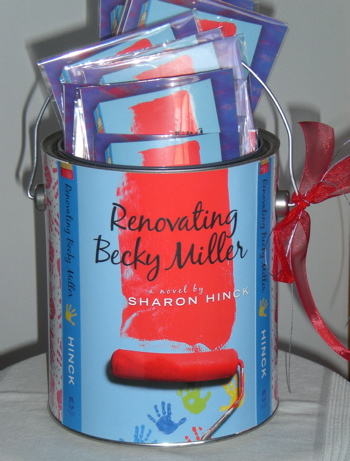







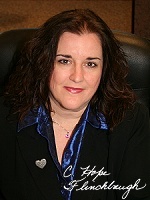
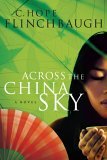
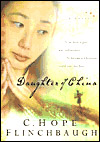
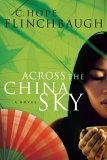
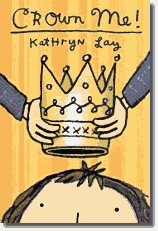
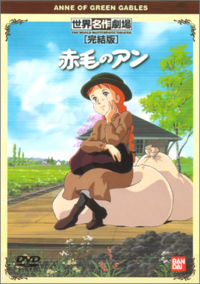
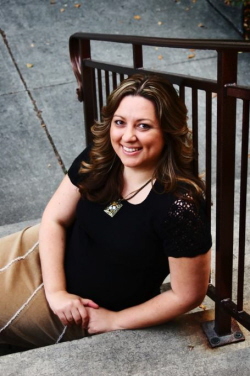
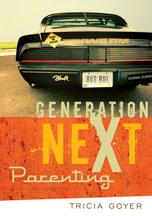

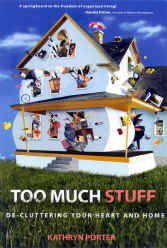
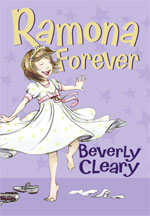 We started checking
We started checking 